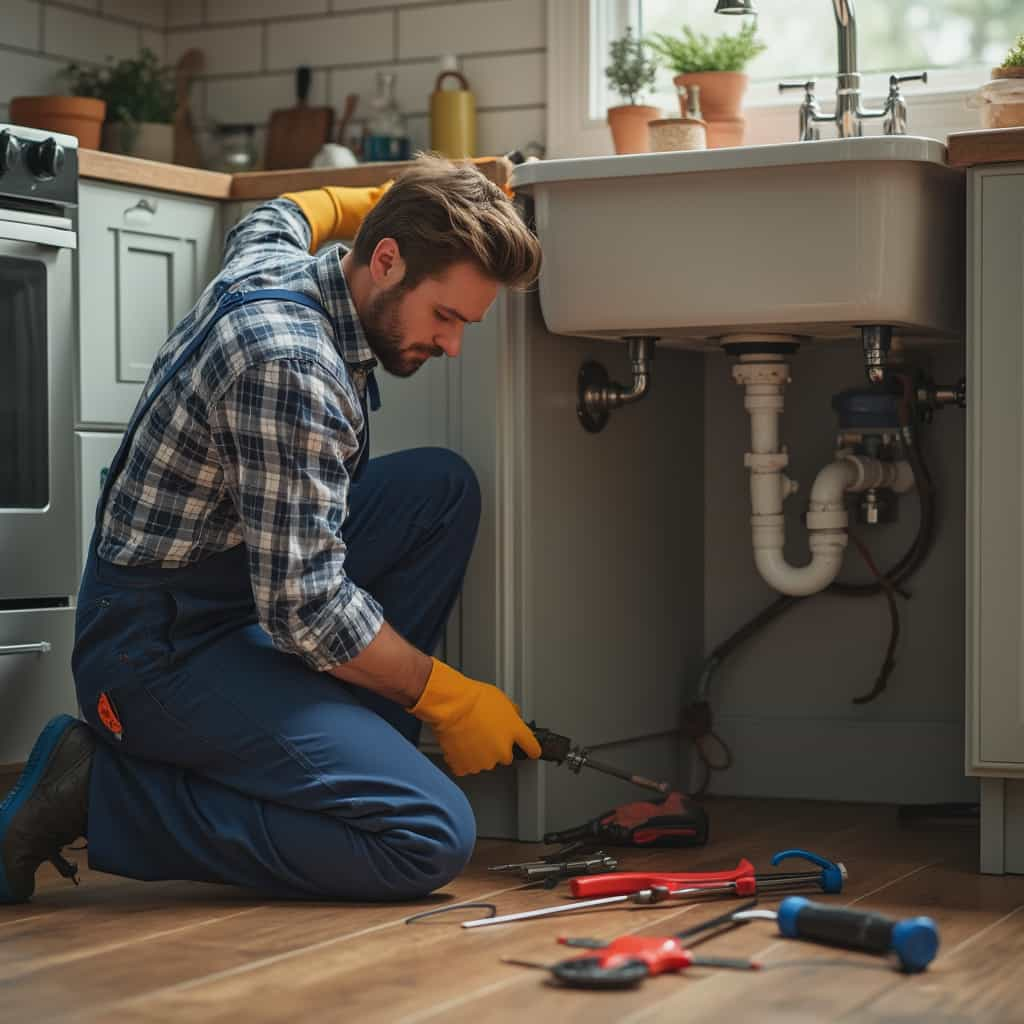When it comes to maintaining a fully functional home, plumbing repairs play an integral role. From leaky faucets to burst pipes, plumbing issues can range from minor annoyances to major household disruptions. Addressing these concerns promptly and efficiently is crucial. This comprehensive guide will explore common plumbing problems, available repair options, and the costs involved, as well as providing insights into regional trends and the best deals available in the sector.
One of the most prevalent plumbing issues homeowners face is leaky faucets. While this might seem trivial, ignoring such problems can lead to a significant waste of water and an increase in utility bills. According to the U.S. Environmental Protection Agency, a single faucet leaking at one drop per second can waste over 3,000 gallons of water annually. The repair for this is usually straightforward, often involving the replacement of a washer or a cartridge. Costs for such a repair can average between $75 to $150, depending on your location and the service provider.
Clogged drains are another common problem, usually caused by a build-up of hair, soap, and other debris. Professional plumbers use various techniques to address this, such as snaking or hydro-jetting. Snaking is less expensive, generally ranging from $100 to $250, while hydro-jetting can cost between $200 and $500 due to the advanced equipment required. The method chosen often depends on the severity and location of the clog.
Burst pipes are among the most severe plumbing issues, often requiring urgent attention to prevent extensive water damage. This issue is commonly seen in colder regions where pipes are susceptible to freezing and bursting. The cost for repairing a burst pipe can range from $500 to $1,500, primarily depending on accessibility and the extent of the damage. In some cases, pipe replacement may be recommended, which can further increase the expenditure.
Water heater malfunctions are another crucial concern for homeowners, potentially affecting the availability of hot water and impacting daily routines. Repairs such as thermostat adjustments or heating element replacements usually range from $150 to $300. Alternatively, if the water heater is beyond repair, replacement costs could range from $1,000 to $3,000, including installation.
Geographically, plumbing repair costs can vary significantly. In larger metropolitan areas like New York City and San Francisco, overheads are higher, which typically results in increased repair costs. Conversely, in rural areas, you might find more competitive pricing due to lower living costs and local market competition. It’s worth noting that many plumbing companies now offer flat-rate pricing for common repairs, which can help in budgeting and avoiding unexpected expenses.
Various proposals for plumbing repair exist, each with its pros and cons. Hiring a licensed plumber is the most reliable option, ensuring that the work complies with local building codes and standards. However, this option can be costly. An alternative is hiring a handyman for minor repairs, which might save money but poses a risk if they lack plumbing certification. DIY repairs are another consideration for those with some technical knowledge, but these can sometimes lead to more significant issues if not done correctly.
Experts in the sector often recommend investing in routine maintenance to avoid unforeseen plumbing issues. Regular inspections and maintenance of plumbing systems can identify potential problems early and save homeowners from costly repairs down the line. Janice McCoy, a certified plumber with over two decades of experience, advises, “It’s much more cost-effective to prevent a plumbing problem than to repair it. An annual plumbing inspection usually costs around $100 to $300 and can save thousands in long-term repair bills.”
While many believe that plumbing repairs must always be expensive, savvy consumers can find competitive offers by comparing quotes and services. Online platforms like HomeAdvisor and Angie’s List provide a useful resource for comparing service providers in your area. Additionally, some utility companies offer rebates or discounts for certain high-efficiency fixtures, which can offset repairs’ costs and encourage homeowners to adopt sustainable practices.
In conclusion, while home plumbing repairs can be a daunting and sometimes costly endeavor, understanding the range of available options, costs, and regional differences can empower homeowners to make informed decisions. Regular maintenance, choosing the right service providers, and taking advantage of available offers are crucial strategies in managing home plumbing efficiently. As the old adage goes, ‘An ounce of prevention is worth a pound of cure,’ and nowhere is this more applicable than in the realm of home plumbing.
You may also like
The Perks and Challenges of Buying a Detached House in the Suburbs
Buying a detached house in the suburbs offers a tranquil lifestyle with potential financial benefits. This article delves into cost considerations, advantages, and options for suburban homes, offering a comprehensive comparison of the most appealing market proposals.
The Intricacies of Acquiring a City Center Apartment: Proposals, Prices and Perks
Acquiring an apartment in the city center offers numerous advantages, including access to amenities and a vibrant lifestyle. However, it also presents challenges such as high prices and limited availability. This article explores proposals, costs, advantages, and issues associated with purchasing a central city apartment, while providing a comparison of the most competitive offers available.
The World of Bathtubs
The humble bathtub has undergone a remarkable evolution, offering consumers a plethora of choices from luxurious freestanding models to accessible designs for the elderly. This article explores the newest trends, models, and market dynamics in the bathtub industry, providing insights into the innovations and economic factors affecting purchasing trends worldwide.
Bathroom: Style and functionality in Shower Designs
The shower industry is undergoing a remarkable transformation with innovative designs, technologies, and market trends shaping the future of bathroom fixtures. From shower enclosures to combo units and walk-in showers, consumers are now enjoying a variety of options for style, functionality, and value for money. This article delves into the latest trends, new models, and best offers available, providing insights into geographical purchasing behaviors and emerging technologies in the shower market.
